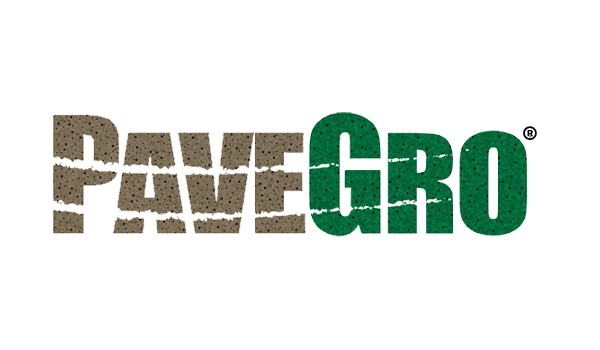FAQs: Lightweight Concrete Masonry Units
FAQs: Lightweight Concrete Masonry Units
What is lightweight block?
ANSWER: Lightweight block is a concrete masonry unit made with low-density aggregates that reduces weight compared to standard concrete blocks.
This is typically achieved by using lightweight aggregates such as expanded clay or shale. ASTM C90 classifies a lightweight block as any block with an oven-dry density of 105 pounds per cubic foot or less.
How much does a lightweight block actually weigh?
ANSWER: ASTM C90 classifies lightweight blocks as having a density of 105 pounds per cubic foot. For a typical 8x8x16 unit, this translates to about 28 pounds per block.
Lightweight blocks can go much lighter, with some weighing as low as 18 pounds per unit.
How does that compare to traditional block?
ANSWER: A traditional block generally weighs about 35 pounds per cubic foot, making it significantly heavier.
Is lightweight block structural?
ANSWER: Yes, lightweight block is structural. For an average of three masonry units, the required strength is 2,000 PSI, with no unit below 1,800 PSI.
The actual strengths are typically much higher than these minimums. If needed, the design strength can be verified by testing the assemblies or prisms of the constructed unit.
What are the thermal properties of lightweight block?
ANSWER: Thermal resistance varies based on unit shape, size, density, and materials used. Factors like web and face shell dimensions are critical.
For example, a standard heavyweight 8” block has an R value of 1.99, which can increase to 4.02 when cores are filled with foam insulation. Reducing web configuration and using lightweight aggregate raises the R value to 2.3, and up to 9.39 when filled with foam insulation.
Is lightweight block easier to use than traditional block?
ANSWER: Yes, lighter weight means increased productivity for masons, as they can place more units per day.
This not only speeds up construction but also improves health and ease for the masons working on the project.
Can I get the appropriate fire rating with lightweight block?
ANSWER: Fire resistance depends on the equivalent thickness of the unit. For a typical 8” lightweight unit, the fire rating is approximately two hours.
Are there cost advantages with lightweight block?
ANSWER: Lightweight block offers cost savings post-construction due to enhanced fire rating and thermal properties.
These features can result in lower energy costs when compared to standard blocks or other applications.












